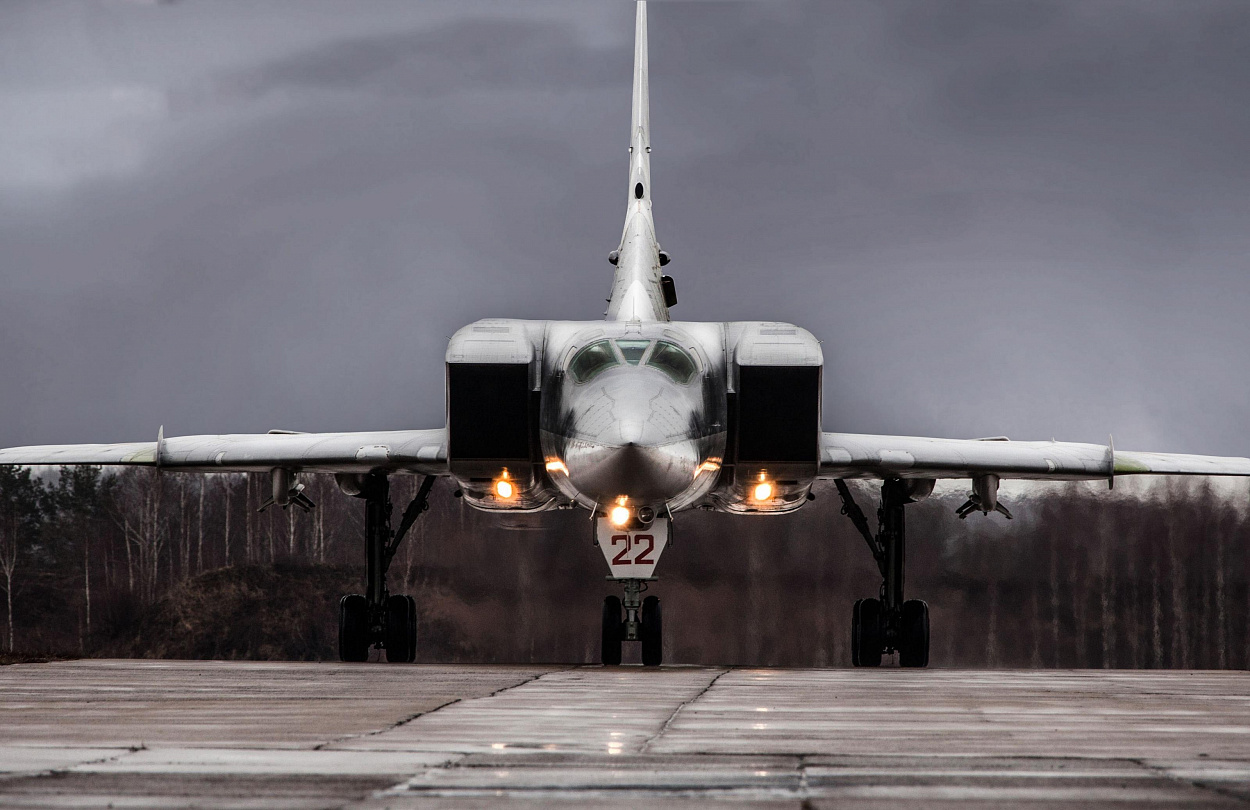Alexander Lukashenko, the President of Belarus, alleged that Ukraine had tried to strike military facilities on the Belarusian territory. The missiles, according to Lukashenko, were successfully intercepted by the country’s missile defense systems, in what appears to be the first kill for country’s defense systems.
State news outlet Belta quoted Lukashenko as saying, “We are being provoked.” He continued by stating that the Ukrainian army had also earlier attempted to attack military targets in Belarus.
“Thank God, the Pantsir anti-aircraft systems managed to intercept all the missiles launched by the Armed Forces of Ukraine,” Lukashenko said in comments on his presidential website on June 2.
He further clarified that no Belarusian soldiers were currently engaged in combat in Ukraine. Russia and Belarus are close allies, and Belarus assisted the Kremlin on February 24 when it sent troops into Ukraine.
On June 25, Russian long-range bombers allegedly fired their first missiles on Ukraine from Belarusian airspace. There were rumors that Minsk might get involved directly in the dispute between Kyiv and Moscow. Lukashenko, however, denied these speculations.

“As I said more than a year ago, we do not intend to fight in Ukraine,” reported AFP quoting the Belarusian President. Nevertheless, Belarus heavily depends on Russia for its economic and military needs.
Russian President Vladimir Putin recently declared that Belarus would receive Iskander-M missiles in the upcoming months. These missile systems are capable of carrying nuclear weapons.
Putin also stated that western sanctions and “unprecedented political and social pressure” are accelerating Russia’s plans to reunite with Belarus.
In the meantime, the mayor of Belgorod, which is close to the Ukrainian border, reported that dozens of residential buildings were damaged by explosions on June 3 and that at least three people were killed.
Pantsir-S Anti-Aircraft Missile
Russia’s KBP Instrument Design Bureau started developing the Pantsir in 1989 as a replacement for the 2K22 Tunguska air defense system. Initially, the system was intended to defend against attacks on airfields, missile silos, command posts, and communication arrays.

However, the system’s specifications changed after the Soviet Union fell apart in 1991. The Pantsir was repurposed as a short-range defense for Russian ground forces. In 2003, the finalized Pantsir design entered into the service.
The Pantsir-S comprises a truck chassis, twelve radio command-guided missiles, two rapid-firing 30-millimeter 2A38 autocannons, and electro-optical and radar sensors.
The basic model’s supersonic 57E6 missiles can engage targets out to a distance of 20 kilometers (12 miles) and reach high maximum altitudes of 33,000–49,000 feet, while the cannons add an extra final line of defense.
Pantsir systems have been exported to many nations, and specialized variants have been produced for use on Russian corvettes and in arctic climates. Algeria, Brazil, Iran, Iraq, Jordan, Libya, Saudi Arabia, Slovenia, Syria, the UAE, and Vietnam are some countries that have Pantsir systems or plan to have them, besides Russia.
However, in Russian service, the Pantsir is primarily run by the PVO (Air Defense Troops) to provide close defense for other air defenses, such as long-range S-400 air defense missile units and air bases packed with fighters and bombers.
Those are vulnerable to attack from Kamikaze drones that use the terrain to conceal their route from radar and low-flying missiles.
In 2020, the existence of two new Pantsir-compatible missiles was revealed by Pantsir’s chief designer. According to reports, the first has entered Russian service; it has a smaller fragmentation warhead and a top speed of Mach 5.
The second missile is still being developed and is anticipated to go into production between 2023 and 2024. The missile, which has a maximum range of 5-7 kilometers and a smaller size that allows up to 48 to be installed on a Pantsir turret, is intended to destroy small crewless aerial vehicles.
In June 2020, the United States smuggled a Pantsir-S1 out of Libya. American forces reportedly moved the Pantsir-S1 from Zuwarah International Airport to Ramstein Air Base in Germany.
The system also experienced numerous unfavorable outcomes. Notably, in 2020, Pantsir systems were damaged in clashes with Turkish missile-armed Bayraktar combat drones and Anka-S drones, first in western Libya and then in the Syrian province of Idlib.
Ukrainian troops are also said to have captured the system during the conflict with Kyiv.
Nevertheless, it is also evident that the Russian military has long-term plans for the system. Moscow will undoubtedly evaluate the system’s performance and work to enhance its capabilities by developing new variants in light of the role that drones play on the battlefield.
- Contact the author at ashishmichel@gmail.com
- Follow EurAsian Times on Google News




